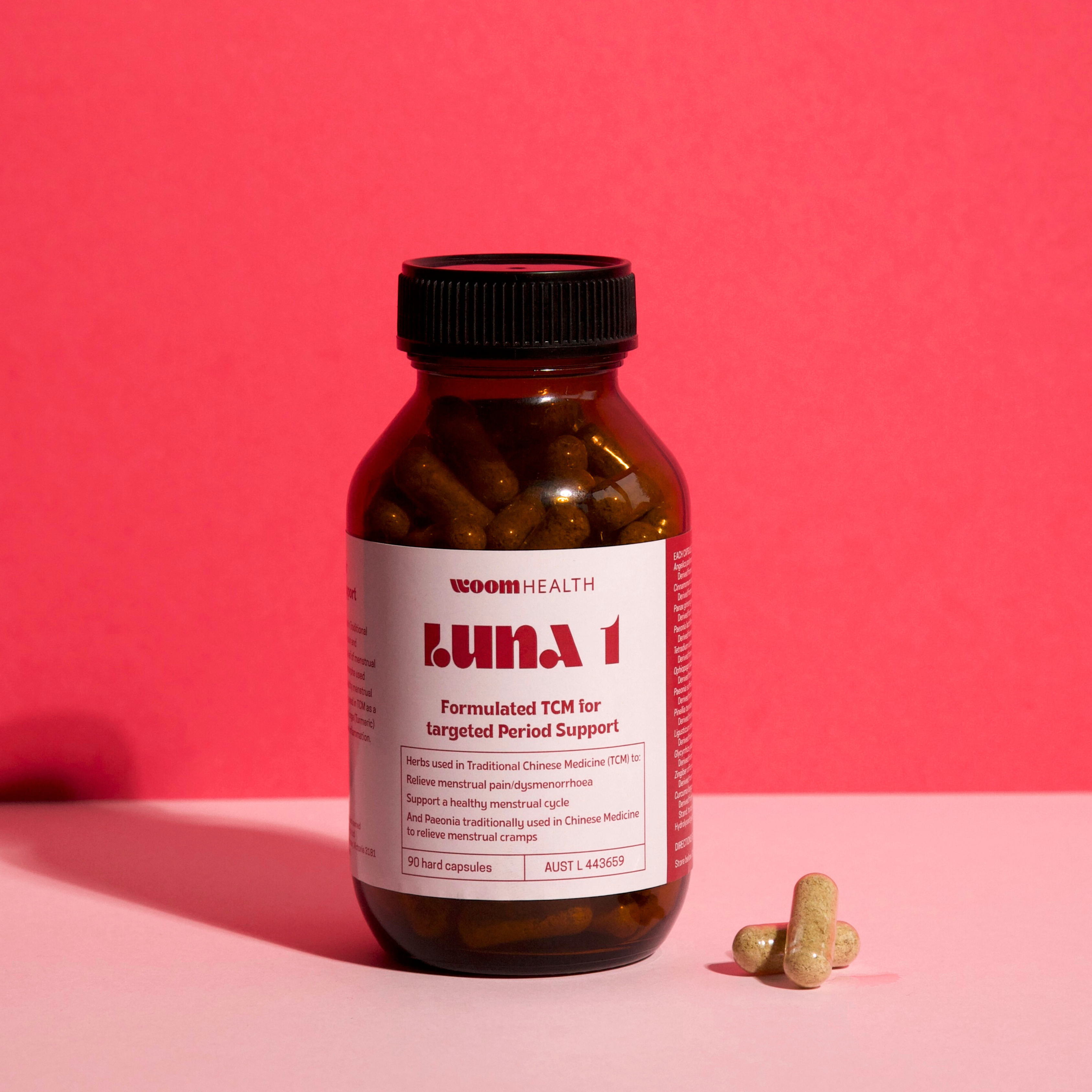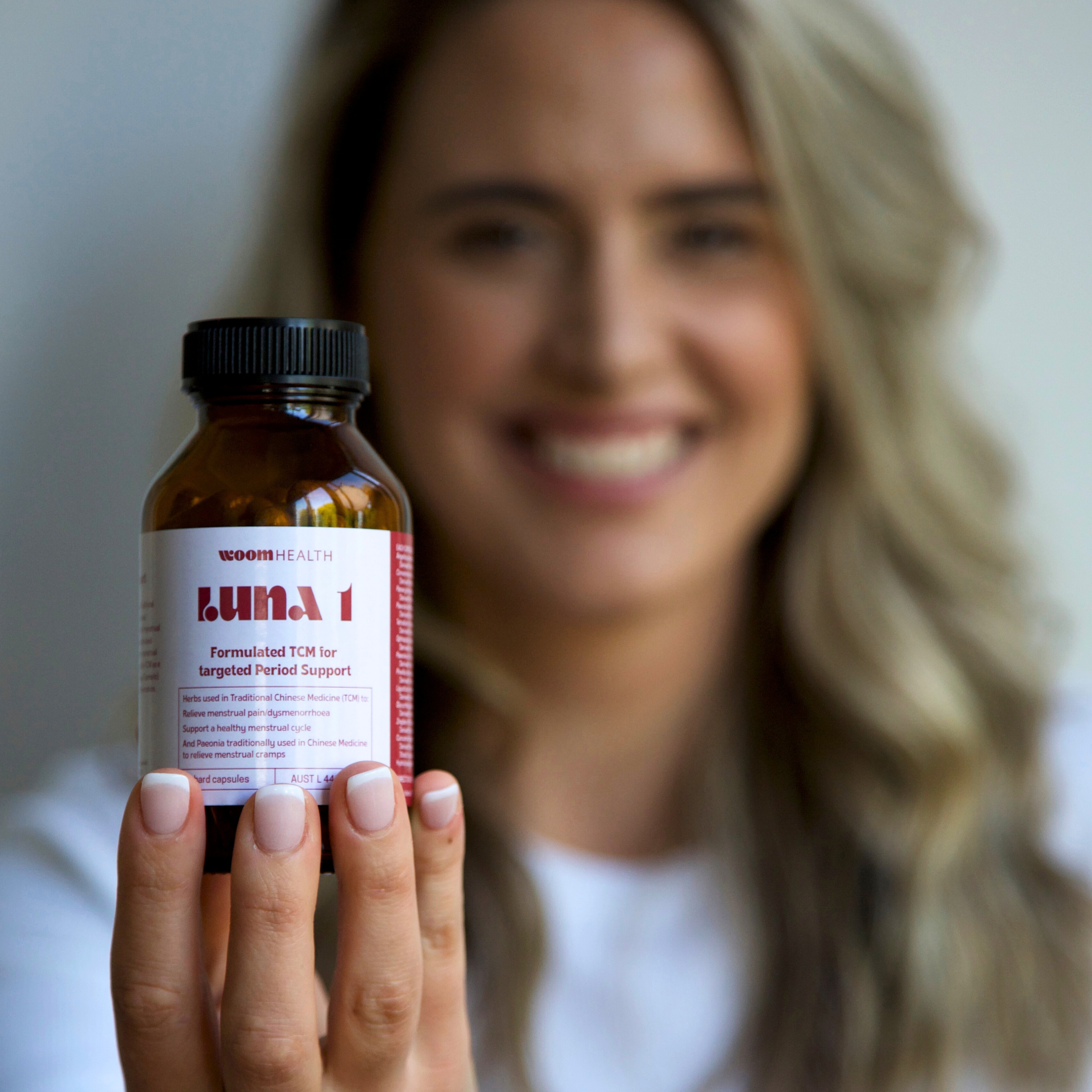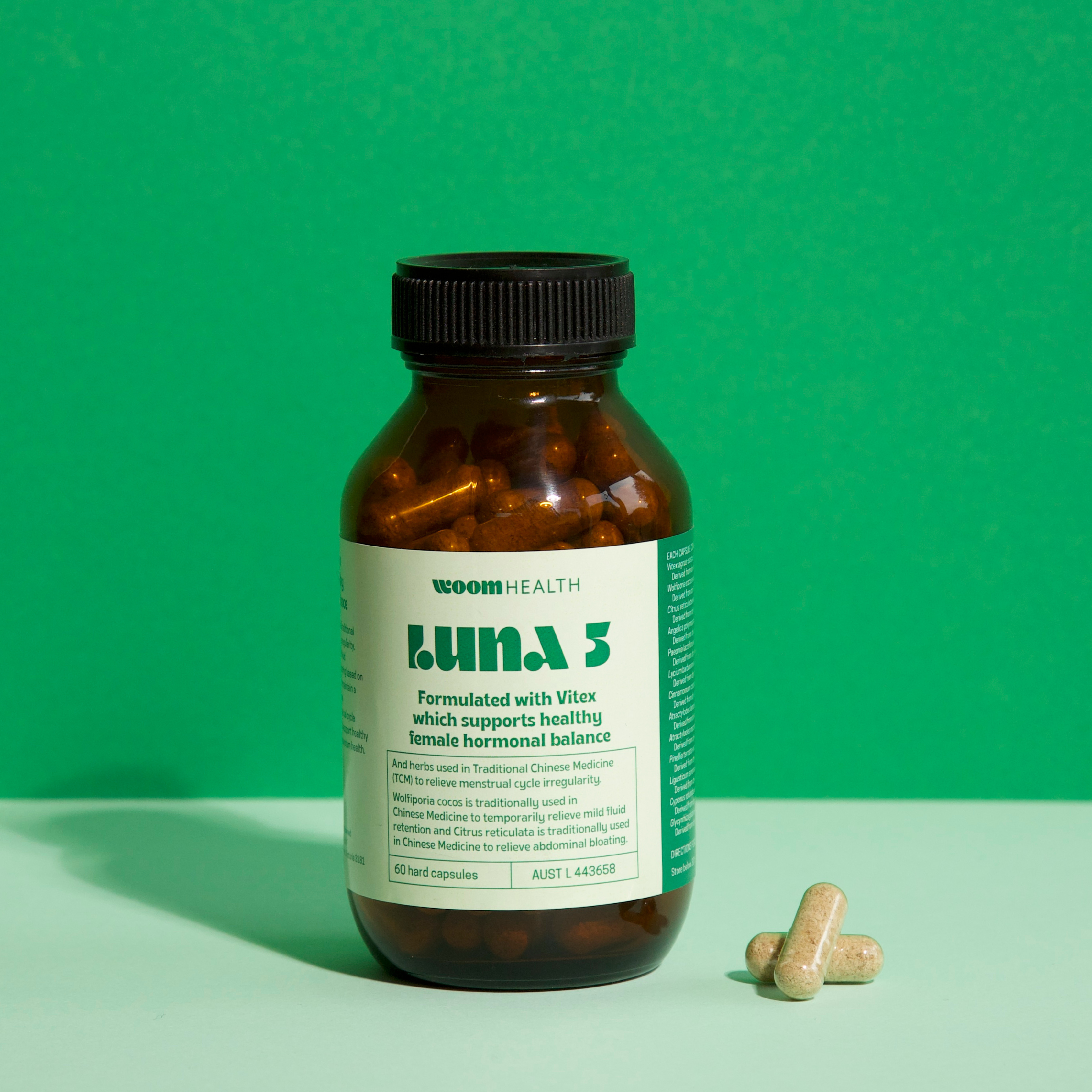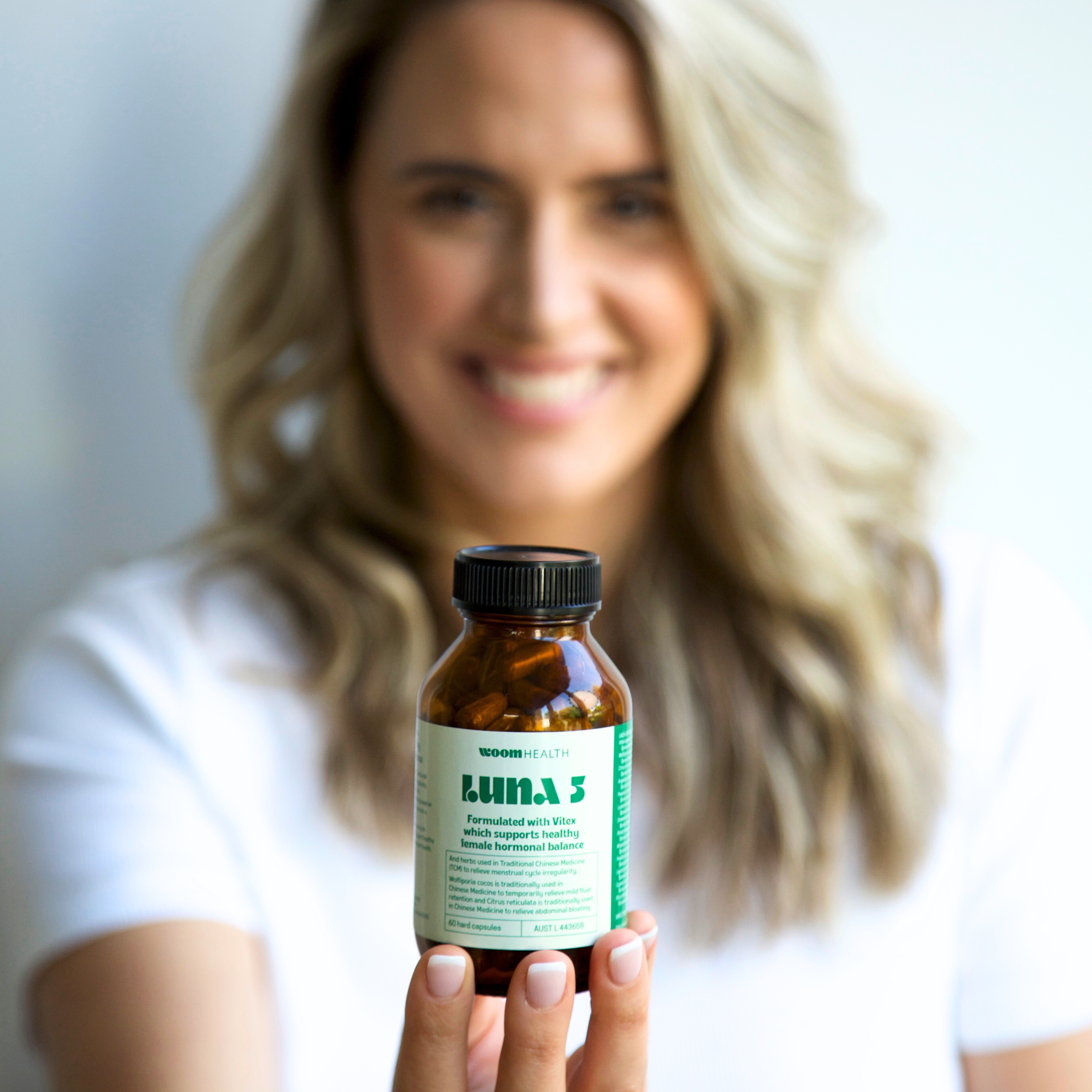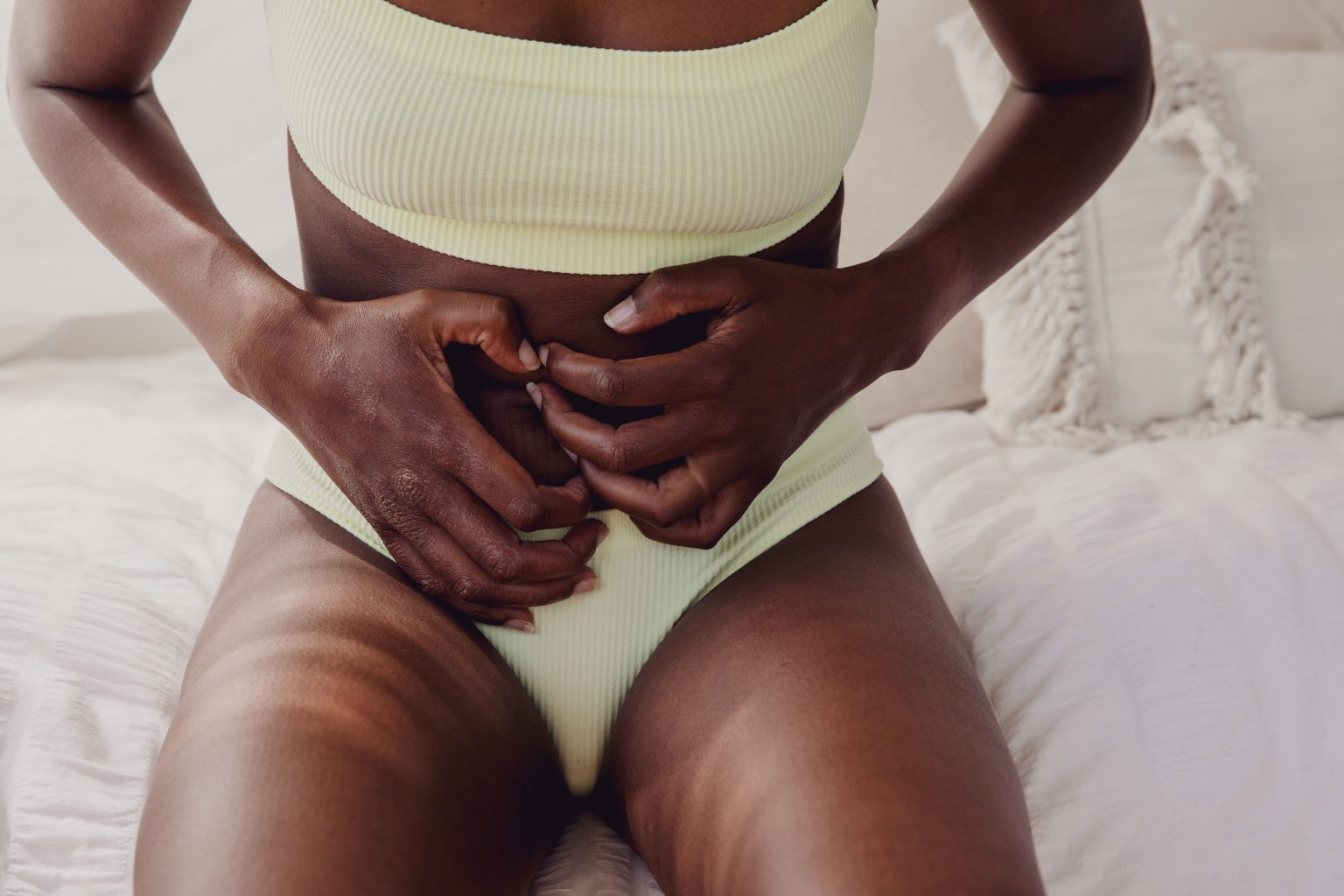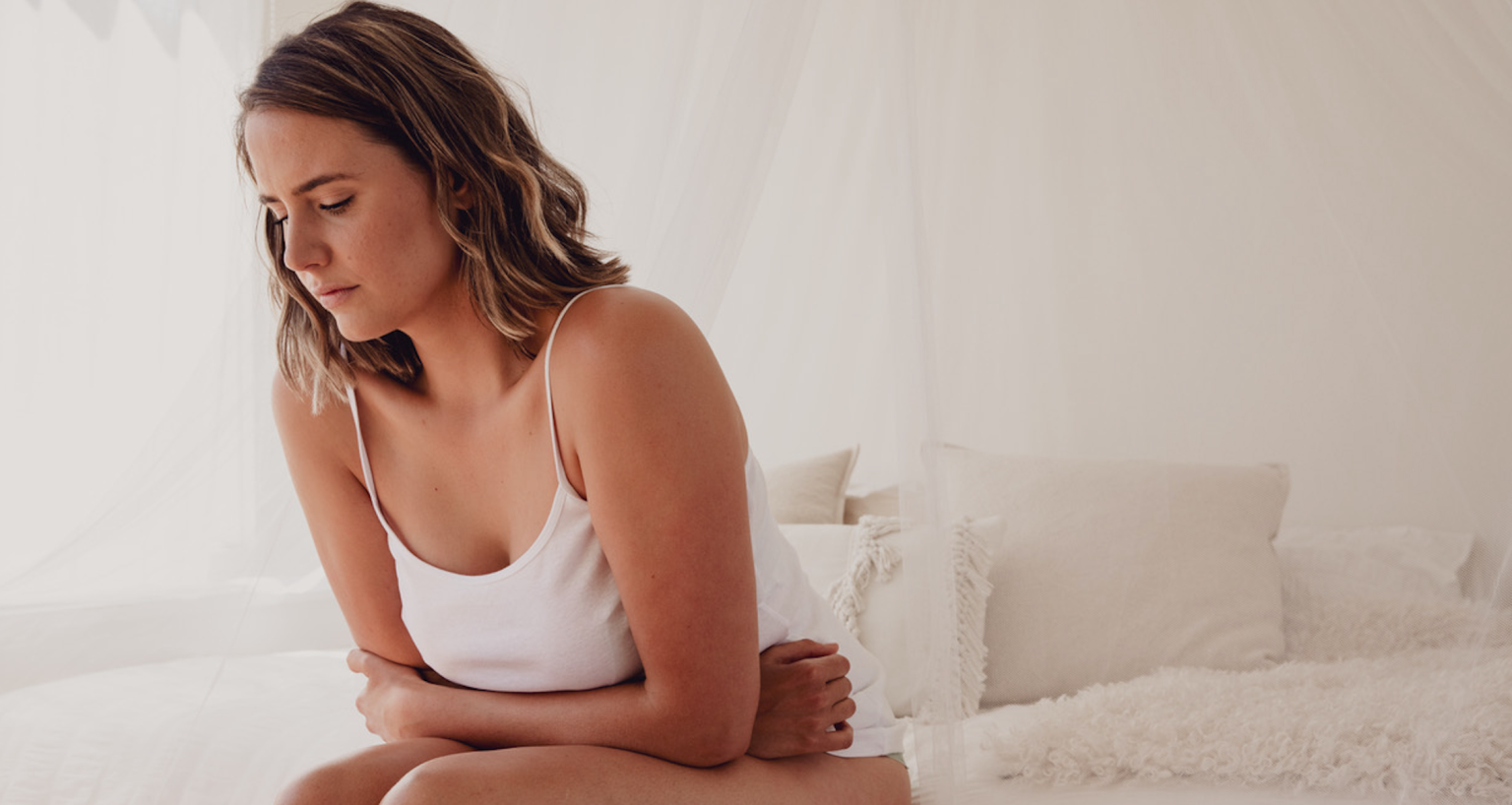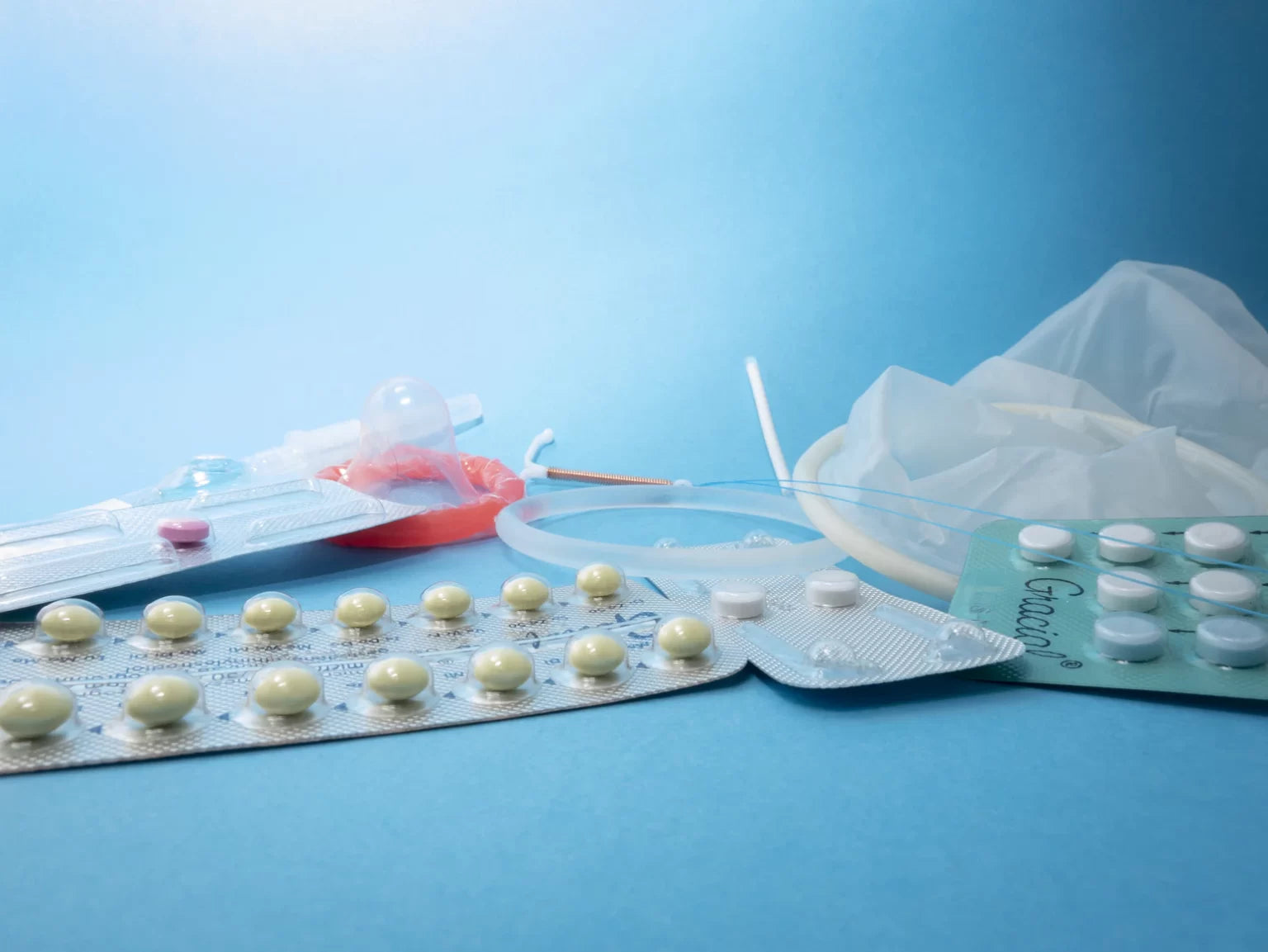Our reproductive System & Anatomy
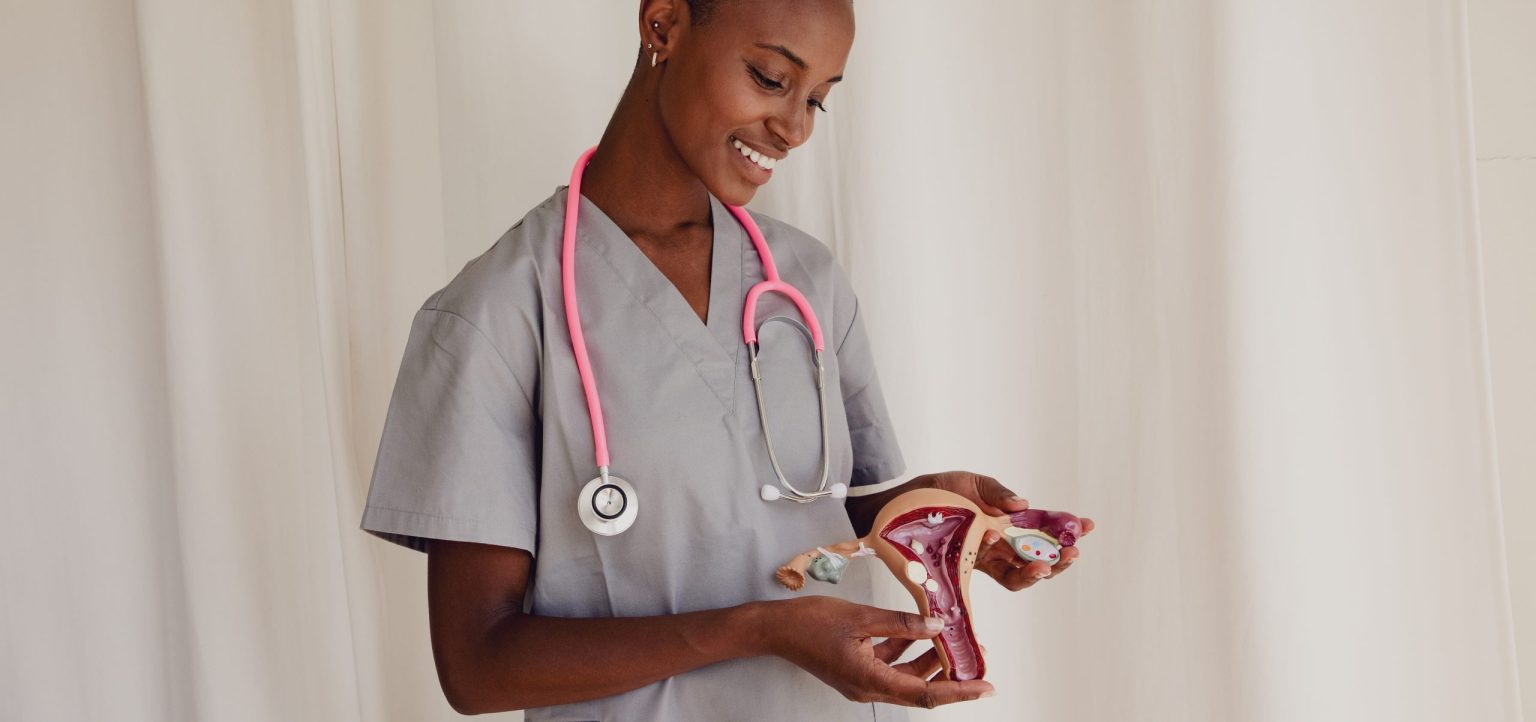
Dr Amanda & CEO Teresa Truda sat down to deep dive into our reproductive system and anatomy.
What is our reproductive system?
Essentially we have two reproductive systems; we have a male and a female reproductive system. They relate to our hormones and our reproductive anatomy.
Tell us more about our anatomy.
Let’s start with our pubic bone. This is the bone that sits underneath the top of your hips on an angle. That is where we have all our pubic hair. We then come down and have our labia, or better known as our lips. In between we have our clitoris which has over 8000 sensory nerves. We then have our perineum which is the entrance to our vagina. Then, we have our anus which is a spin hater muscle.
Internally through the entrance of our vagina we have the neck of our cervix. This is what closes over when we are pregnant. As we go up we make the way to the top of our uterus which is called the Fundus. When you are pregnant, they measure the top of the uterus which is what expands to create capacity for a growing baby. The uterus is ultimately just suspended midair ligaments. Our sacral ligaments make up your nerve ganglia from your sacrum that feeds into essentially the reproductive organs and has specific functions. Then of course, as we know, we have our Fallopian tubes which are easily visualised! We also have our ovaries which aren’t actually attached to our Fallopian tubes, they are attached by their own ovarian ligaments. Our ovaries are what houses our eggs. At puberty, we have around 2 million eggs that are dormant and when we go through puberty when our hormones start to move around it slowly twinkles down to around 400,000 eggs.
If you think about that over a lifetime, by the time we get to menopause the egg supply has reduced and the fertility window has disappeared. In menopause our estrogen and progesterone declines.
At what point during a pregnancy is our reproductive system formed?
We are actually formed as an egg inside our mother’s womb and our grandmothers womb which makes us carry a genetic link. We are also connected through the umbilical cord. This holds all the ancestral DNA that connects us to our grandmothers, our four grandmothers and all the back along our ancestral maternal lineage. In Chinese Medicine, blood is memory. Blood is what holds the substance. So, some of the things we are experiencing; we know that with endometriosis, there’s a genetic link to our maternal lineage and sometimes our mothers may not have had endometriosis, but our grandmother’s had Endo and that has passed down through the lineage. Knowing your grandmother and mother’s gynaecological history is so important when trying to find answers.
What different roles do our parts play?
A person with a womb is designed to procreate and that is our biological nature. When we go through puberty, that is the first time when we have our period- we’re actually considered to be fertile. Each month we release an egg and that’s called ovulation. Each month we grow a dominant follicle that’s housed within the ovaries. We release an egg from that ovary that then travels down the Fallopian tube with the possibility of conceiving if it reaches sperm. If not, the egg is then reabsorbed into the body and implants into the endometrial lining. The endometrial lining is what we shed each month and that’s the visualisation of our blood meridian as our external layer which is the uterus. It’s like a protection. It’s there to potentially support our baby and also our reproductive organs. If we were to have a hysterectomy, the uterus will be removed. If we have a full hysterectomy, our reproductive organs that produce your estrogen and progesterone will also be removed.
Our cervix is what produces our cervical fluid each month with the help of estrogen. The cervical fluid changes nature throughout the cycle to different fluctuations of hormones. Cervical Mucus or Fluid is to help the sperm travel up the Fallopian tube to meet the eggs. The cervical mucus is also a lubrication. When we are in the mood, our cervical fluid will increase so that’s the time around our fertile window.
Whereabouts can we find Endometriosis and Adenomyosis in the body?
Endometriosis is a condition where endometrial stoma and glands migrate to different parts within the reproductive system and major organs. Most of the time it’s outside the uterus, very rarely do we find Endo internally inside our uterus. It is common to find endometriosis between our bladder and rectum, in a small spot called our Pouch of Douglas, ironically named after a man Doug. It’s where we start to get a lot of impact and pain, like a stabbing pain through your anus. Endometriosis can also adhere to the bladder, so feeling a fullness like needing to go to the toilet all the time which causes a tight pelvic floor.
Pelvic floor management is so important with endometriosis. When we are in a lot of pain and our body knows its about to go through it, our pelvis naturally tenses and tries to prepare itself for its bleed; our body has an imprint. As our pelvic floor stays switched on our connective tissue around it stays extremely tight and bound which can cause lower back pain and that nerve pain that runs down your legs.
Adenomyosis is the endometriotic tissue that implants into the myometrium, which is the muscle layer of our uterus. It’s a smooth muscle like our gastrointestinal tract. It doesn’t like to have anything invading it, so over time it starts to change shape.
Our reproductive organs like to be fluid which is called the Sacral Chakra. When we have things like endometriosis and adenomyosis, it starts to create a disruption to that water element which causes things like inflammation. It changes the actual nature of the peritoneal fluid which can cause to more inflammation and pain and the body’s ability to release a healthy period each month.
In Chinese medicine, we have Wei Qi which means our immune system. So our immune system is to basically protect us against any cold flu viruses, also to our immune system involved in cancers. It’s reproductive, also reproductive organs. And then we have Qi which relates to energy. It’s like a heartbeat through an electrical current. And then, of course, a lot of women’s issues are blood related because it’s actually relating to the health of our cycle. And this is what’s actually been overlooked so much.
Tell us a bit more about fertility and the education around it.
I think we know our bodies best. But there’s been so much stigma around periods, sex- everything’s taboo. So particularly here in the west, everything’s always just being don’t talk about it. And so that’s kind of like what we’ve all grown up with. And so we haven’t really had the opportunity to have a liberation around sex around our periods. And I mean, that also is influenced culturally as well and religious. So there’s been so many things where we’ve actually been suppressed. And so through this long, long history is that women’s health has really kind of been pushed aside.
And it’s also, because a lot of majority of research was solely on the male reproduction and then also to male hormones. No women have been involved in research. So there’s a big gap that’s missing. And, of course, then when we were growing up, I think evolutionary is that basically there’s been such a piece missing for so long. And we’re finally maybe at a crux now where we can start to change this. So, what we want to do to really educate menstruators about their body anatomy, giving you a better understanding.
And then, of course, how your fifth final sign plays into that. So I think, yes, there’s been a huge gap a lot too. It was just fear around falling pregnant. So it was just like someone has sex. Once you’re falling pregnant, you’re pregnant.
How do we start thinking about our fertility?
Well, I think it’s really working with practitioners, a health care team that understand and advocate for your health, particularly starting with a GP that is willing to support you to investigate what your fertility status is. It also depends on what our history is, our medical history and the history of our mum and grandmother. If you’ve been on the contraceptive pill, for many women, the issue lies is that they’ve been on it for 15 years, so they don’t actually even understand what their normal cycle is and what their normal cycle looks like when they come up.
The contraceptive call- that’s a lot of the time when they start to experience issues. When we ask clients in clinic, we’re like, what did you go on the pill for? Was it for contraception or was it really for the mass period pain, acne or irregular cycle. So that’s already giving us a clue as to what’s actually happening diagnostically back then, as a teenager kind of like piecing the puzzles together. Then also having a pelvic ultrasound to a pelvic ultrasound, it can show us so much information on what’s happening internally, particularly with polycystic ovarian syndrome. Particularly, how many little immature follicles and that normally requires a diagnosis within a regular cycle as well, and then testing specific hormones such as Dhga and testosterone.
Also to telling us what your endometrial lining is doing- sometimes as well, some women will have anatomical administrators will have anatomical issues, so that can be a heart shaped uterus. You can have blocked fallopian tubes, which means that there can be debris in between the fallopian tubes that stops sperm being able to enter. And then, of course, you’ve got your hormonal issues, such as polycystic ovarian syndrome, endometriosis. We have fibroids then, including sexually transmitted diseases such as chlamydia. That’s a big one, because that can actually cause adhesion in the uterus and plantation and then also to our CN one cells.
And AMH is a big one, which is anti, malaria and hormone. So essentially, we’ve got an egg bed. And so that’s one of the things that they like to test, so particularly for women, if they’ve had any cancer, cervical cancer, uterine cancer is that most of the time a fertility specialist would recommend for them to go and freeze their eggs because your egg pool can be affected by egg quality or by having to do chemotherapy.
Our reproductive systems then essentially affect our everyday day to day. But without us actually knowing that it’s affecting our day to day, from diet to type to fatigue, like all of it.
Want to find out more?
This post has been extracted from our conversations in our Womb Talks IGTV series. To listen or watch our episodes, visit YouTube or listen to our Podcast.
Click on the video below to watch the full episode.
ANP are creating a revolutionary movement, and it all starts with each and every menstruator (that’s you) understanding the fundamentals of their 5th vital sign (their menstrual cycle).
Get social & follow us for the latest on your gynae health:
